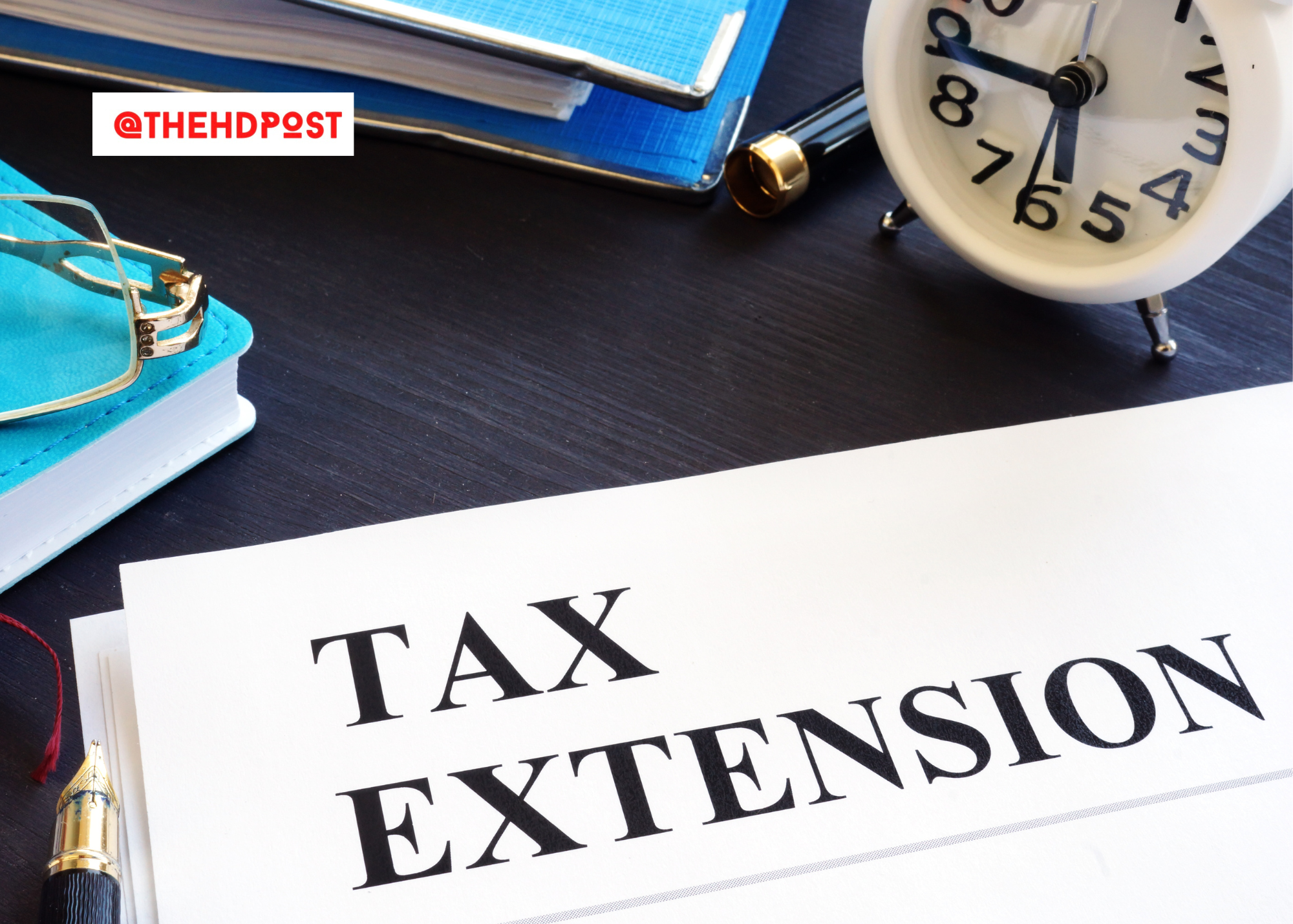
STATEWIDE – The IRS updated their site giving California storm victims until October 16, 2023, to file various federal individual and business tax returns and make tax payments. California state tax deadline and payment are also extended to October 16.
The IRS is offering relief to any area designated by the Federal Emergency Management Agency (FEMA). FEMA’s designations include 3591-EM and 4683-DR, which covers overlapping groups of counties. The designations are in response to the winter storms up until mid-February. In addition to tax relief, counties listed on the 4683-DR are eligible to apply for financial and direct services here.
FEMA Designated Disaster Counties
Individuals and households that reside or have a business in following counties qualify for tax relief:
|
|
|
|
|
|
|
|
|
|
|
|
|
|
|
|
|
|
|
|
|
|
|
|
|
|
|
|
|
|
|
|
|
|
|
|
|
|
|
|
| |
|
| |
|
| |
|
| |
|
| |
|
|
The extended deadline includes 2022 individual income tax returns due on April 18. This includes various 2022 business returns normally due on March 15 and April 18.
Eligible taxpayers will have until October 16 to make 2022 contributions to their IRAs and health savings accounts.
The October 16 deadline also applies to the quarterly payroll and excise tax returns normally due on January 31 and April 30, 2023. In addition, penalties on payroll and excise tax deposits due on or after January 8, 2023, and before January 23, 2023, will be abated as long as the tax deposits are made by January 23, 2023.
The Disaster Assistance and Emergency Relief for Individuals and Businesses page has details on other returns, payments and tax-related actions qualifying for the additional time.
No Action Required
The IRS automatically provides filing and penalty relief to any taxpayer with an IRS address of record located in the disaster area. Taxpayers do not need to contact the agency to get this relief.
“If an affected taxpayer receives a late filing or late payment penalty notice from the IRS that has an original or extended filing, payment or deposit due date falling within the postponement period, the taxpayer should call the number on the notice to have the penalty abated,” states the IRS new release.
RELATED: IRS delays $600 threshold reporting requirement for CashApp, Paypal
The IRS will work with any taxpayer who lives outside the disaster area but whose records necessary to meet a deadline occurring during the postponement period are located in the affected area. Taxpayers qualifying for relief who live outside the disaster area need to contact the IRS at 866-562-5227. This also includes workers assisting the relief activities who are affiliated with a recognized government or philanthropic organization.
Individuals and businesses in a federally declared disaster area who suffered uninsured or unreimbursed disaster-related losses can choose to claim them on either the return for the year the loss occurred (in this instance, the 2023 return normally filed next year), or the return for the prior year (2022, normally filed this tax season). Be sure to write the FEMA declaration number – 3591-EM − on any return claiming a loss. See Publication 547 for details.
California also issued guidance on the extended tax filing and payment deadline. No application is required for an extension. Also taxpayers are also eligible to claim a deduction for a disaster loss on their tax return
For the latest updates on IRS Tax Relief visit https://www.irs.gov/newsroom/irs-california-storm-victims-qualify-for-tax-relief-april-18-deadline-other-dates-extended-to-may-15
For information on the California Emergency Tax Relief visit https://www.ftb.ca.gov/file/when-to-file/Emergency-tax-relief.html

